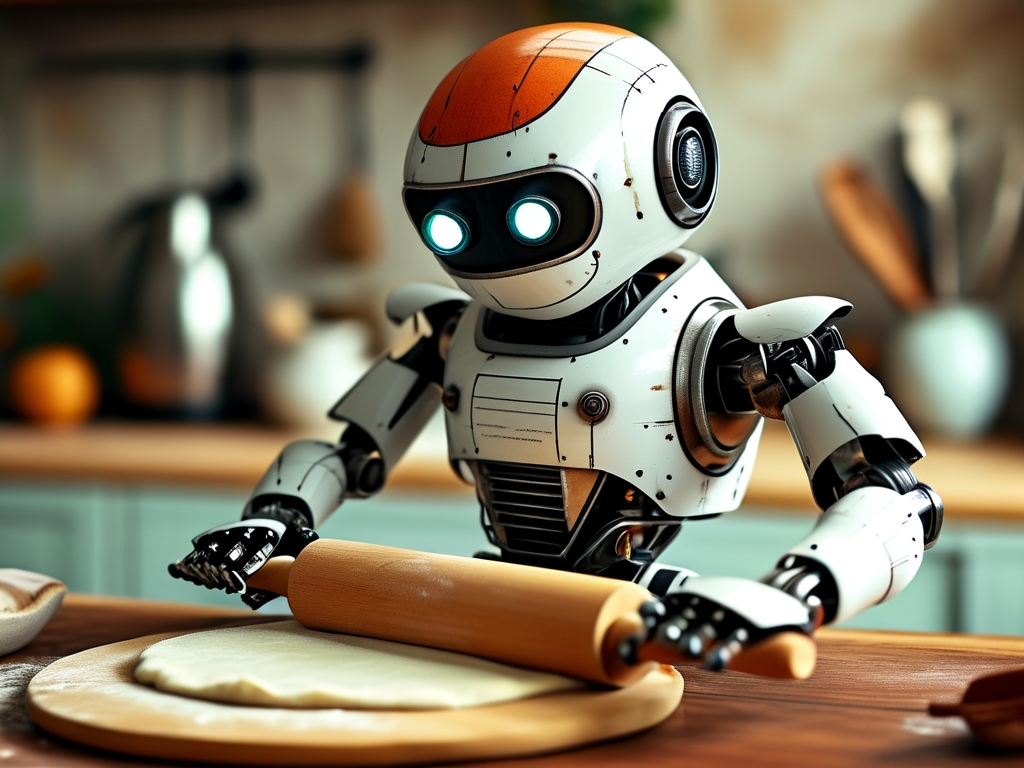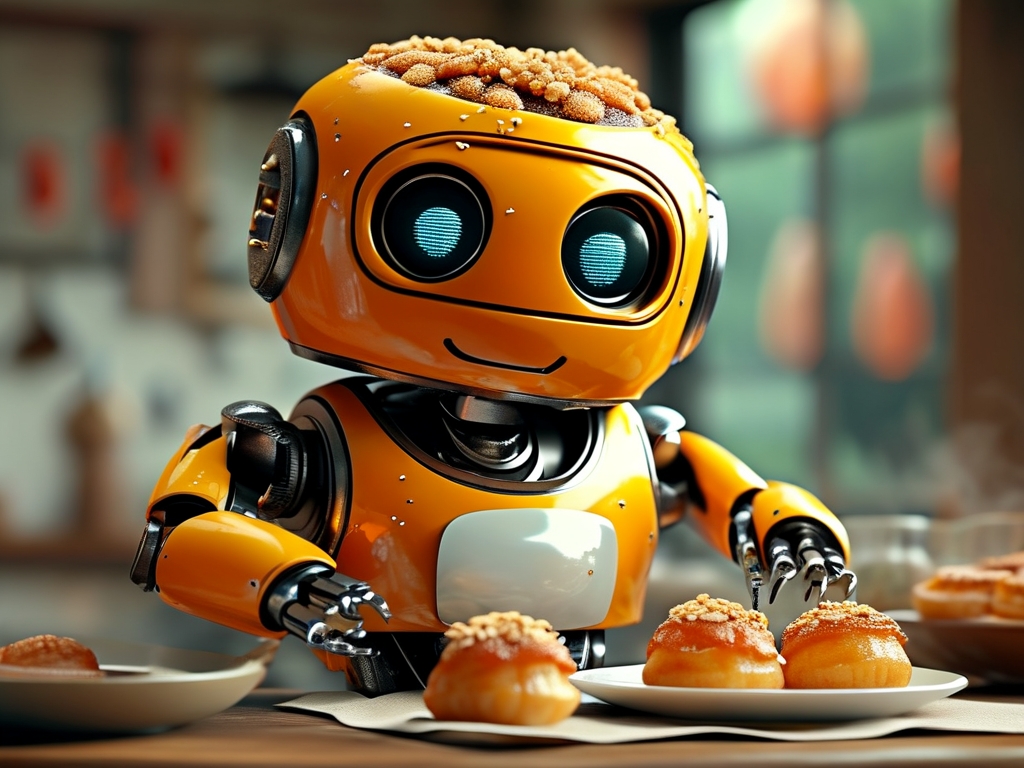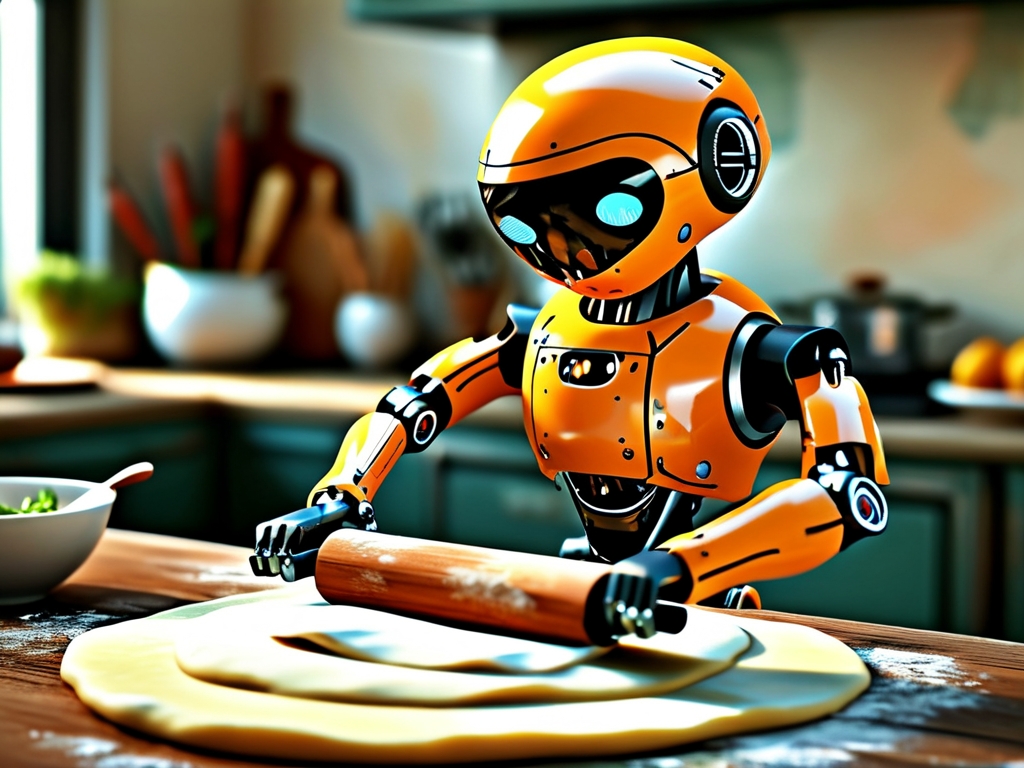The integration of robotics into culinary practices has revolutionized traditional food preparation methods. Among these advancements, robotic noodle rolling technology stands out as a groundbreaking innovation, blending mechanical precision with culinary artistry. This article delves into the mechanics, challenges, and transformative potential of automated noodle dough processing systems, offering insights into how robotics is reshaping noodle production across global kitchens and industrial facilities.
The Mechanics of Robotic Noodle Rolling
At its core, robotic noodle rolling relies on a combination of advanced hardware and software. The system typically includes:
- Multi-Axis Robotic Arms: Equipped with specialized attachments, these arms mimic the hand motions of skilled chefs, applying controlled pressure to stretch and flatten dough.
- Sensor-Driven Feedback Systems: Force sensors and vision cameras monitor dough thickness in real time, adjusting pressure and speed to prevent tearing or uneven textures.
- AI-Powered Dough Analysis: Machine learning algorithms evaluate dough elasticity and moisture levels, optimizing rolling parameters for consistency.
Unlike manual methods, robotic systems achieve micron-level precision, ensuring uniform thickness—a critical factor for noodles like ramen or udon, where texture defines quality.
Technical Challenges and Solutions
Developing reliable noodle-rolling robots requires overcoming unique obstacles:
- Material Variability: Flour blends and hydration ratios affect dough behavior. Adaptive algorithms now "learn" from batch variations, adjusting compression cycles dynamically.
- Hygiene Compliance: Food-grade materials and self-cleaning mechanisms meet strict sanitation standards, with UV-C sterilization modules integrated into modern designs.
- Energy Efficiency: Vacuum-based dough adhesion systems reduce wasted flour by 40%, while regenerative braking in motors cuts power consumption.
Case studies from Japanese ramen factories demonstrate how these robots reduced labor costs by 60% while maintaining artisanal quality—a balance previously deemed unattainable.
Industrial vs. Small-Scale Applications
While large manufacturers adopted robotic rolling early, recent innovations target smaller users:
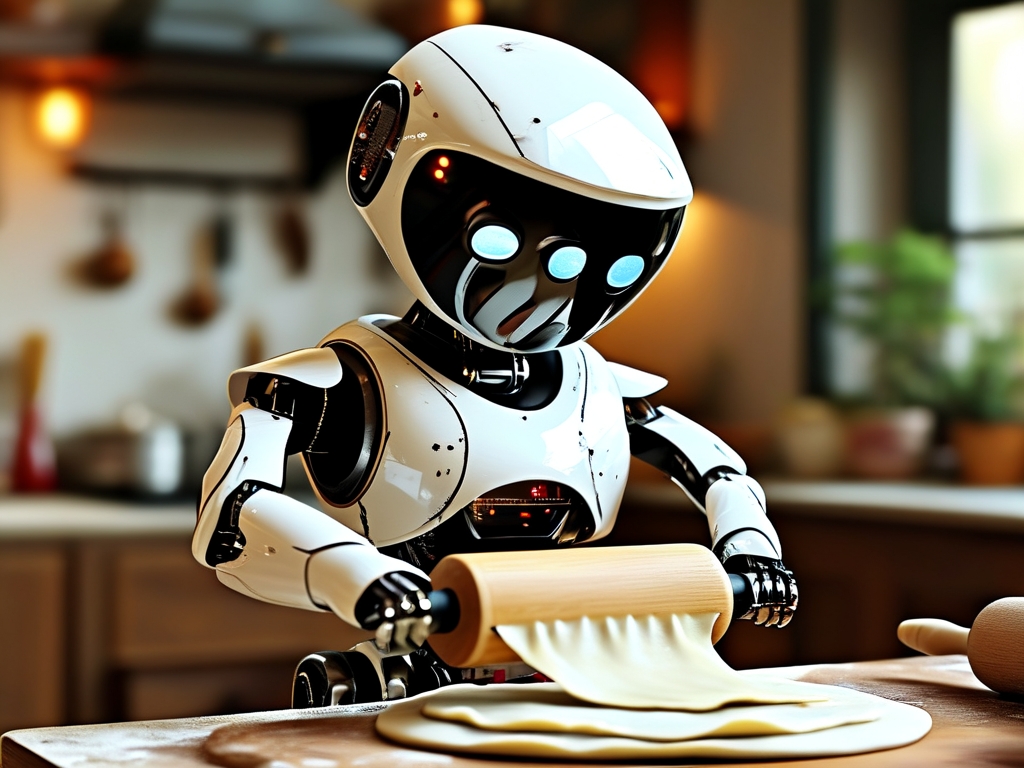
- Modular Kitchen Units: Compact robots like NoodleBot Pro™ enable restaurants to automate fresh noodle production without dedicated floor space.
- Customization Software: Cloud-connected systems let chefs program regional styles—e.g., adjusting thickness for Italian pappardelle versus Chinese lamian.
In 2023, Singapore’s Hawker Centers reported a 22% increase in noodle dish output after deploying collaborative robots (cobots) that work alongside human staff.
Future Directions
Emerging trends suggest:
- 3D-Printed Noodle Architectures: Layer-by-layer extrusion could create hollow or patterned noodles for enhanced sauce retention.
- Sustainable Practices: Robots using upcycled grain flours or algae-based dough are under development, aligning with circular economy principles.
- Consumer-Facing Robotics: DIY noodle robots for home kitchens, projected to hit markets by 2026, may democratize gourmet cooking.
Robotic noodle rolling transcends mere automation—it redefines culinary precision while preserving cultural food heritage. As algorithms grow more intuitive and hardware more accessible, this technology promises to bridge the gap between mass production and artisanal craftsmanship, ensuring that even the humblest bowl of noodles carries the mark of both tradition and innovation.
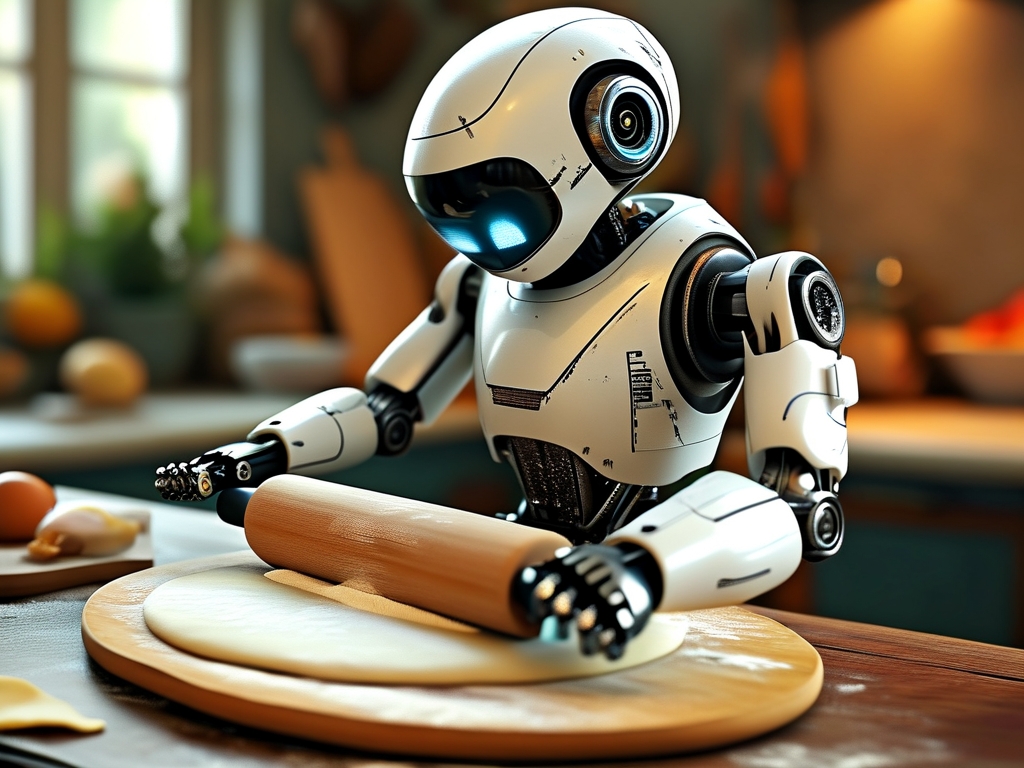
Word Count: 1,028


